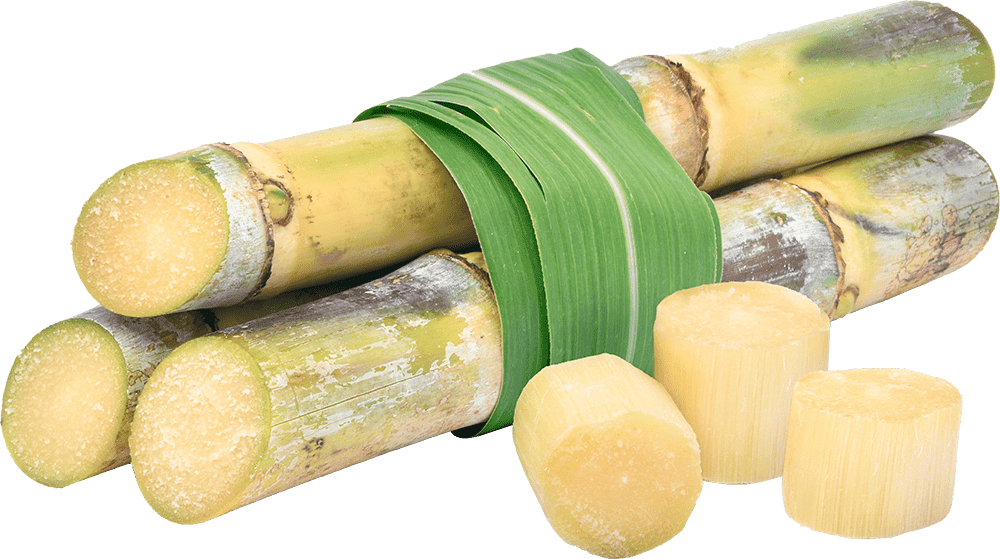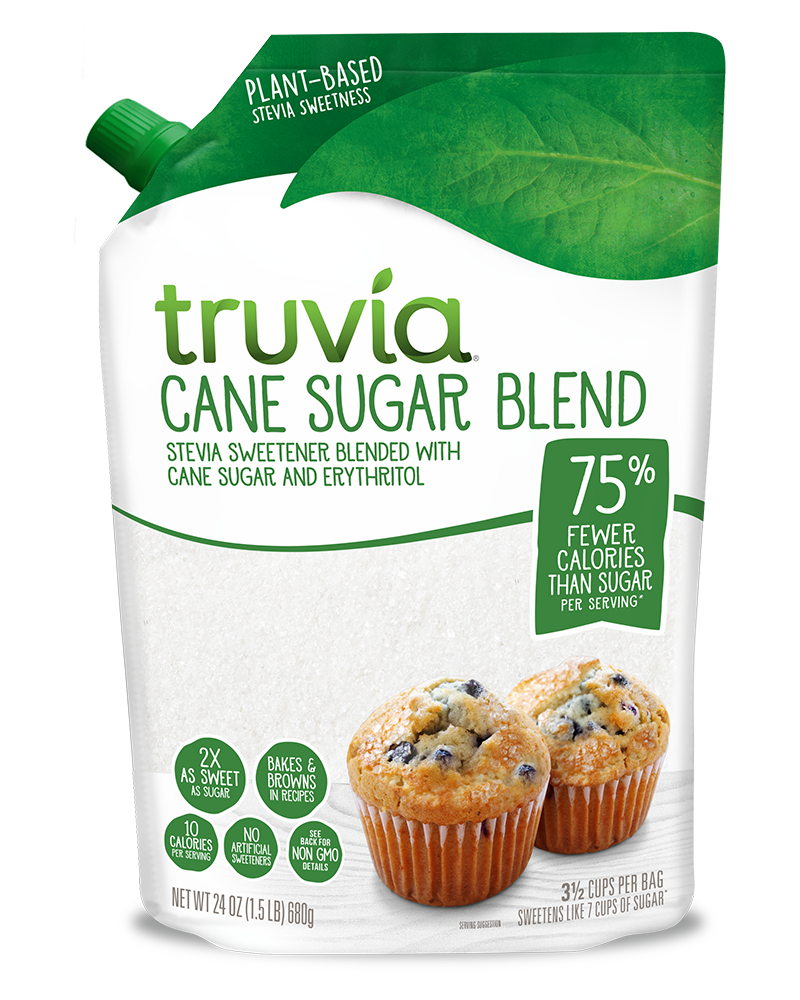Cane Sugar Processing Explained: What Takes Place Inside a Sugar Mill
Cane Sugar Processing Explained: What Takes Place Inside a Sugar Mill
Blog Article
An Extensive Overview to the Ecological Influence and Sustainability Practices in Cane Sugar Processing
The ecological influence of walking cane sugar handling presents a complex range of difficulties that warrant mindful examination. From soil degradation and extreme water use to the carbon impact related to farming and manufacturing, the effects of traditional practices are far-reaching. On the other hand, the adoption of innovative sustainability steps provides a pathway toward much more responsible production methods. Understanding the interaction in between these concerns is crucial for stakeholders in the industry. What specific techniques can be applied to strike an equilibrium in between efficiency and environmental stewardship? The responses lie in a better take a look at both the challenges and potential remedies.
Summary of Cane Sugar Handling
Cane sugar handling includes a collection of methodical steps that change sugarcane into polished sugar. At first, collected sugarcane is delivered to processing centers, where it undergoes cleansing to eliminate dirt and debris. Following this, the walking stick is squashed to extract juice, which is then made clear by eliminating contaminations through home heating and the addition of lime.
The cleared up juice undertakes dissipation, where water is eliminated to focus the sugar web content. These crystals are divided from the remaining syrup making use of centrifugation, resulting in raw sugar.
The final item is after that dried and packaged for distribution. Throughout this entire process, preserving effectiveness and top quality control is vital to guarantee the sugar satisfies market criteria. Each action in cane sugar processing not only adds to the final product but also has implications for resource use and waste generation, setting the stage for discussions on sustainability and environmental impacts associated with sugar production.
Ecological Obstacles of Manufacturing
The manufacturing of walking cane sugar offers numerous substantial ecological difficulties that warrant interest. One main issue is the considerable use agrochemicals, consisting of pesticides and fertilizers, which can lead to soil degradation, biodiversity loss, and contamination of neighborhood water resources. The overflow from sugarcane fields typically brings these chemicals into nearby communities, disrupting aquatic life and influencing the wellness of neighborhoods reliant on these water bodies.
Another challenge is the high power usage connected with sugarcane processing. The boiling and refining phases need substantial warmth, mostly produced by burning fossil gas, adding to greenhouse gas discharges. Additionally, the large land location required for sugarcane farming can cause deforestation and environment damage, further aggravating environment modification and harmful wildlife.
Moreover, the labor techniques in some regions elevate ethical problems, as workers might face inadequate working problems and poor incomes. This circumstance usually perpetuates a cycle of poverty in neighborhood areas. Cane Sugar Processing. Resolving these ecological challenges is critical for developing extra sustainable practices in walking stick sugar production, inevitably benefiting both the setting and the communities entailed in this industry
Water and Land Use Influence
Water resources and land usage are essential components in the walking stick sugar sector that considerably influence the setting. The cultivation of sugarcane needs significant water input, with price quotes suggesting that it can take in approximately 2,000 litres of water per kilogram of sugar created. This extensive use water often causes deficiency of neighborhood water resources, affecting not only the sugarcane vineyards yet additionally surrounding environments and areas that depend on the same water sources for agriculture and domestic use.

Additionally, land usage for sugarcane growing can bring about deforestation and the conversion of all-natural habitats right into monoculture vineyards. This practice reduces biodiversity, interferes with regional ecological communities, and contributes to dirt degradation. The growth of sugarcane areas typically elbows in on useful farming land, producing competitors for sources between food and biofuel production.
Lasting practices, such as optimizing watering strategies and executing plant turning, are vital to alleviate these influences. By adopting much more reliable water use and land management methods, the walking cane sugar industry can decrease its environmental impact, guaranteeing a balance between farming performance and ecological preservation.
Greenhouse Gas Emissions
Greenhouse gas emissions represent a considerable ecological problem within the cane sugar processing industry, especially as farming methods expand to fulfill international demand. The cultivation of sugarcane, a crop that thrives in tropical environments, depends heavily on synthetic fertilizers and pesticides, which contribute to nitrous oxide emissions. Additionally, land-use changes, including deforestation for new sugarcane plantations, release carbon dioxide saved in plant life and dirt.
Throughout handling, energy consumption is an additional significant resource of greenhouse gas discharges - Cane Sugar Processing. Many sugar mills make use of nonrenewable fuel sources to power machinery and generate warmth, leading to considerable carbon impacts. In addition, the transportation of raw sugarcane and finished items adds layers of emissions via fuel burning in automobiles
This includes examining existing agricultural methods, refining methods, and transportation systems to determine locations for improvement and mitigation. Attending to greenhouse gas emissions is vital for cultivating an extra sustainable walking cane sugar sector in a changing climate.

Lasting Practices and Innovations
Sustainable techniques and advancements are increasingly essential in the walking stick sugar handling sector as stakeholders seek to lower environmental impacts while preserving productivity. One substantial development is the execution of integrated plant administration, which maximizes resource usage by integrating soil administration, pest control, and plant turning methods. This strategy enhances return while reducing chemical inputs and maintaining soil health and wellness.
Moreover, the adoption of renewable resource resources, such as biomass from sugarcane residues, has actually gained traction - Cane Sugar Processing. By transforming waste products into power, refining facilities can minimize their dependence on you can try this out nonrenewable fuel sources, consequently decreasing greenhouse gas emissions
Water administration practices have additionally seen improvements with the recycling and reusing of water in handling plants, significantly decreasing freshwater usage. Technologies in technology, such as precision agriculture, make it possible for farmers to monitor crop health and wellness and source use better, ensuring sustainable growing methods.
Moreover, qualification programs like Fair Trade and Rainforest Alliance motivate eco liable farming techniques and advertise social equity within the more tips here supply chain. By embracing these sustainable techniques and technologies, the cane sugar processing industry can enhance its resilience and contribute favorably to ecological stewardship.
Verdict
The ecological influence of walking cane sugar handling offers substantial obstacles, consisting of dirt degradation, high water intake, and greenhouse gas exhausts, along with moral worries connected to labor methods. Dealing with these problems through sustainable techniques, such as incorporated plant administration, renewable power fostering, and water recycling, is necessary. By promoting socially fair and ecologically responsible approaches in sugar manufacturing, the market can mitigate its adverse results, making sure a much more lasting future for both ecological communities and areas entailed in this market.
Walking stick sugar processing entails a series of systematic actions that transform sugarcane right into polished sugar. Each step in walking cane sugar processing not only adds to the final item but additionally has ramifications for source use and waste generation, setting the phase for discussions on sustainability and ecological impacts linked with sugar production.
Greenhouse gas exhausts represent a substantial environmental concern within the walking stick sugar processing market, particularly as farming practices broaden to meet worldwide need.Sustainable techniques and advancements are increasingly crucial in the cane sugar processing market as stakeholders look for to minimize ecological effects while keeping productivity.The environmental influence of walking stick sugar handling presents considerable obstacles, including website here dirt destruction, high water consumption, and greenhouse gas emissions, alongside ethical concerns connected to labor practices.
Report this page